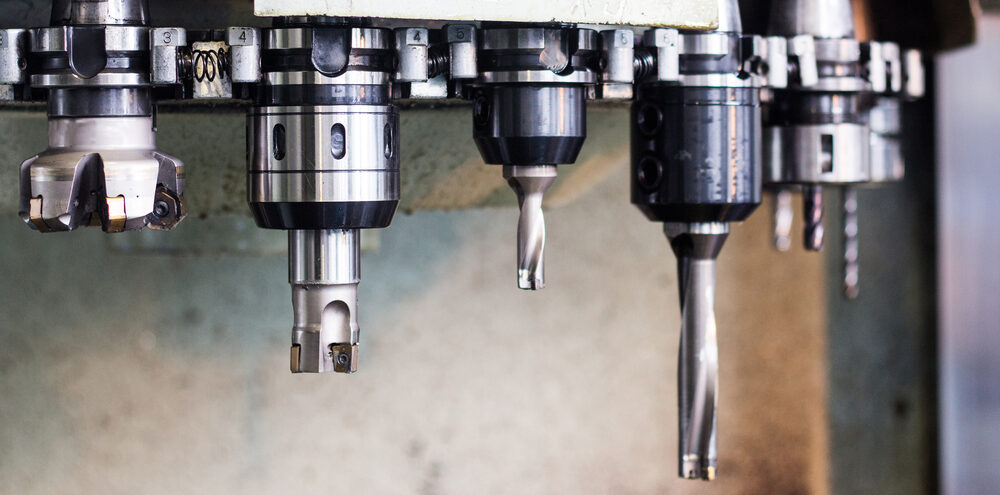
Justification of the reducing balance approach to depreciation
Marriott & Co. have long espoused that, other than the early part of its useful life, which is when the value of machinery typically decreases most rapidly (the old adage that once you drive a new car off the forecourt it loses around 20% of its value is, perhaps, not as far from reality as one might expect), the majority of plant & machinery’s market value tends to depreciate at a relatively predictable rate per year until it hits a residual value at the end of its economic life. It has been demonstrated by numerous studies that plant & machinery usually loses less and less value each year of its life (i.e. the decrease in value, in monetary terms, reduces each year).
Thus, adopting a reducing balance depreciation scale for machinery valuations is generally viewed as an accurate estimator of market value. For example, a machine that depreciates at a rate of 10% a year on a reducing balance depreciation scale, will (after year 1) theoretically lose 10% of its market value each year, e.g. a machine worth £70,000 may depreciate by £7,000, to £63,000, in the course of one year, and then the following year it may depreciate by £6,300 (i.e. 10% of £63,000) and so on.
It is our understanding that many machine buyers, in various industries, accept this approach as a good “rule of thumb” (i.e. as an average) subject of course to other specific factors affecting market value and depreciation rate, such as condition, level of usage and obsolescence.
However, having long analysed auction results within this reducing balance paradigm, and calculated average yearly depreciation rates for numerous different manufacturers, types of machines and general categories of asset, Marriott & Co’s director of valuations Tom Allman MRICS, was interested to consider other types of analyses and was open to the data suggesting that we should vary our approach.
Tom, therefore, employed the assistance of his son (on his work experience at Marriott & Co.), to analyse numerous auction results by plotting onto a scatter graph, the percentage of its new replacement cost that a type of machine realised (on the Y axis) against the age of the machine when sold (on the X axis). We did this for fourteen different types of machine from a range of different industries, plotting enough auction results onto the scatter graphs to enable us to draw a curve of best fit indicating each type of machine’s typical depreciation profile and, in turn, we were able to form a bespoke depreciation table for each type of machine analysed.
The results, when analysed, were remarkably consistent!
Pretty much every type of machine analysed showed an extremely low variation in the yearly depreciation rate and it generally varied within 1 or 2% of the average depreciation rate that we had already derived from previous analysis. The conclusion, therefore, could only be that Marriott & Co’s (and other valuers’) current ‘market evidence based DRC approach’ is a sound valuation approach and that, save for the early part of its useful life, when the value drops considerably more than the average depreciation rate, thereafter, adopting a suitable reducing balance depreciation rate (ideally formed with reference to market evidence) is the best way of predicting the market value of a machine based on its age and its new replacement cost.

